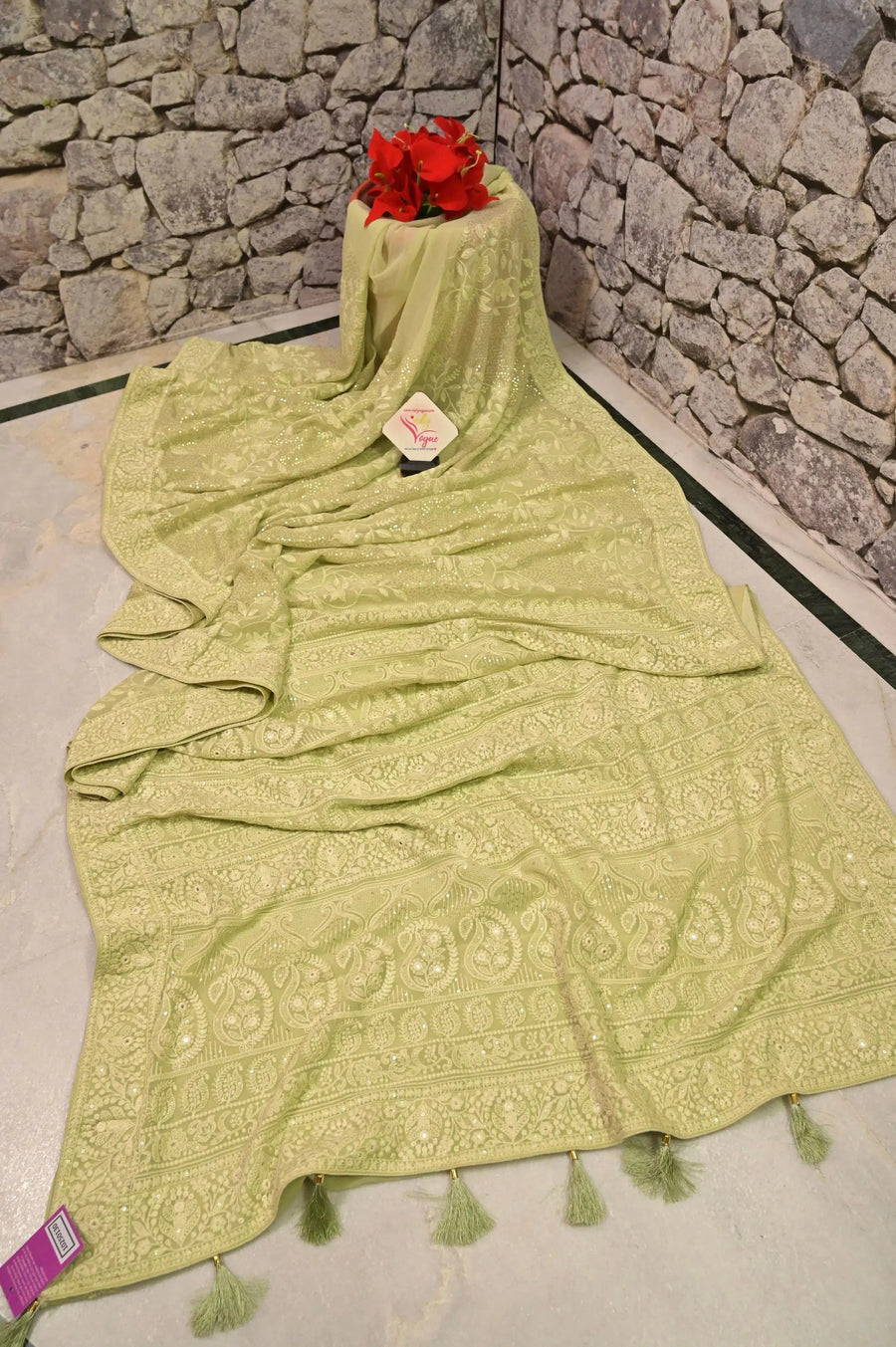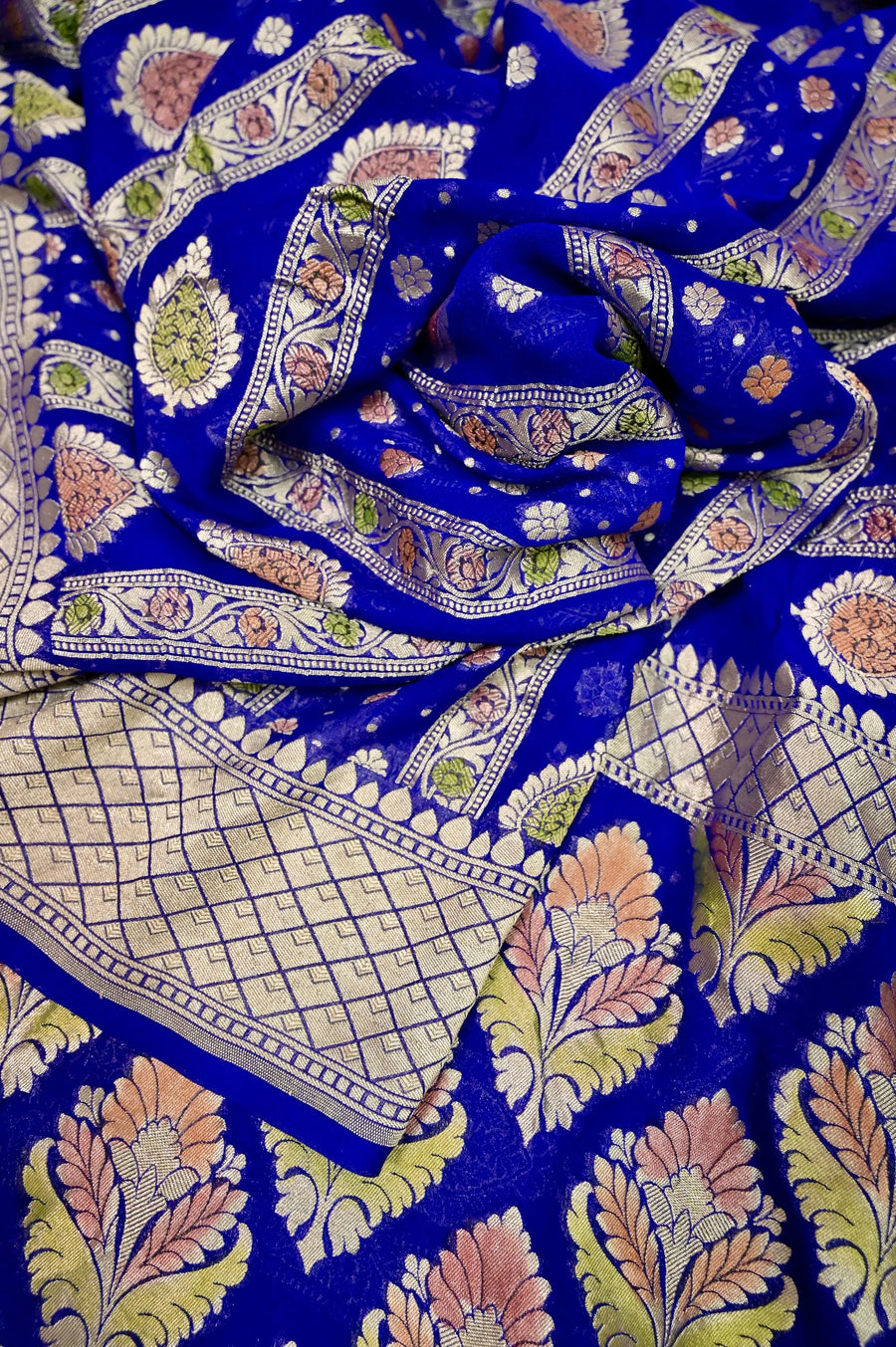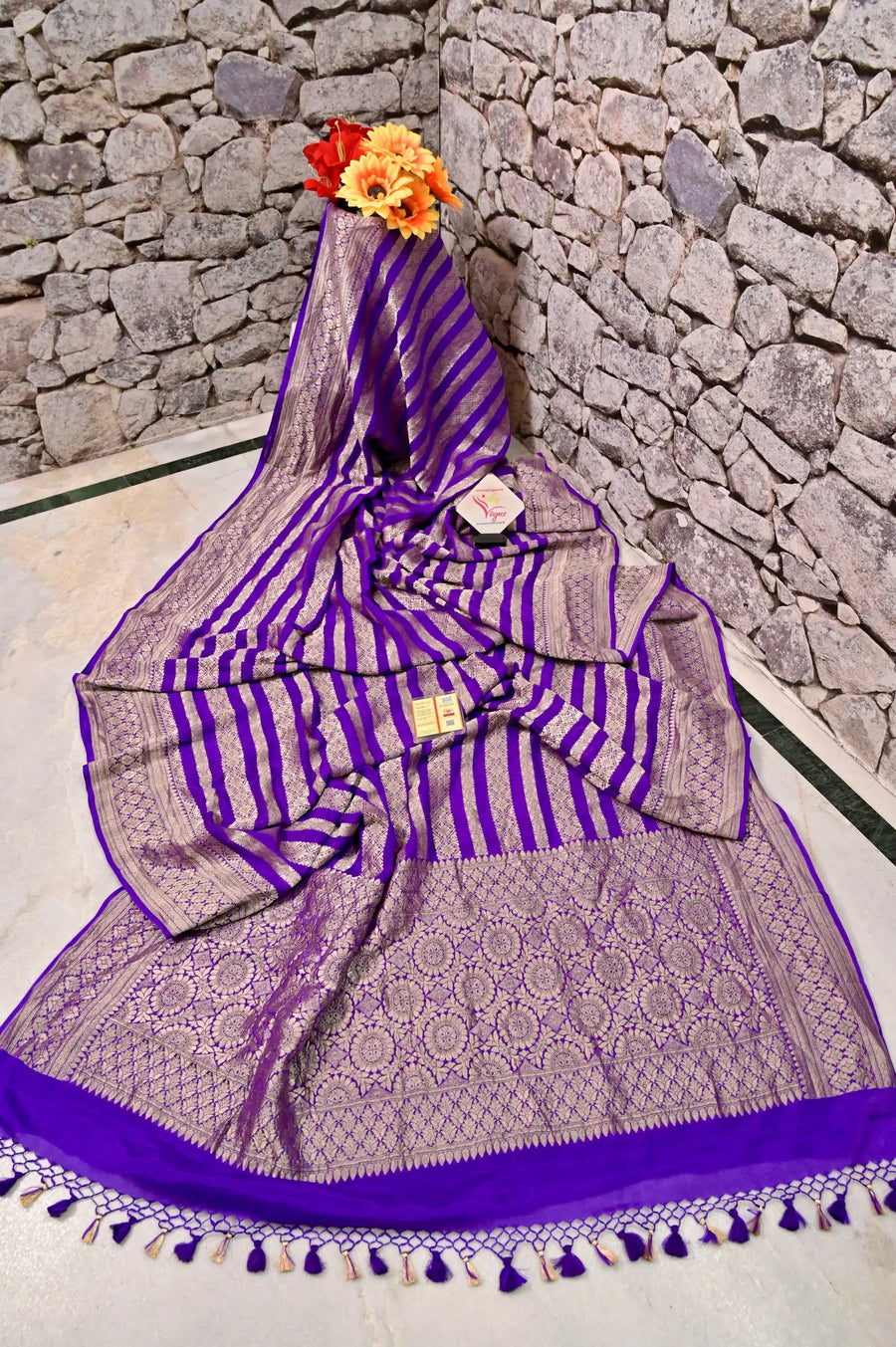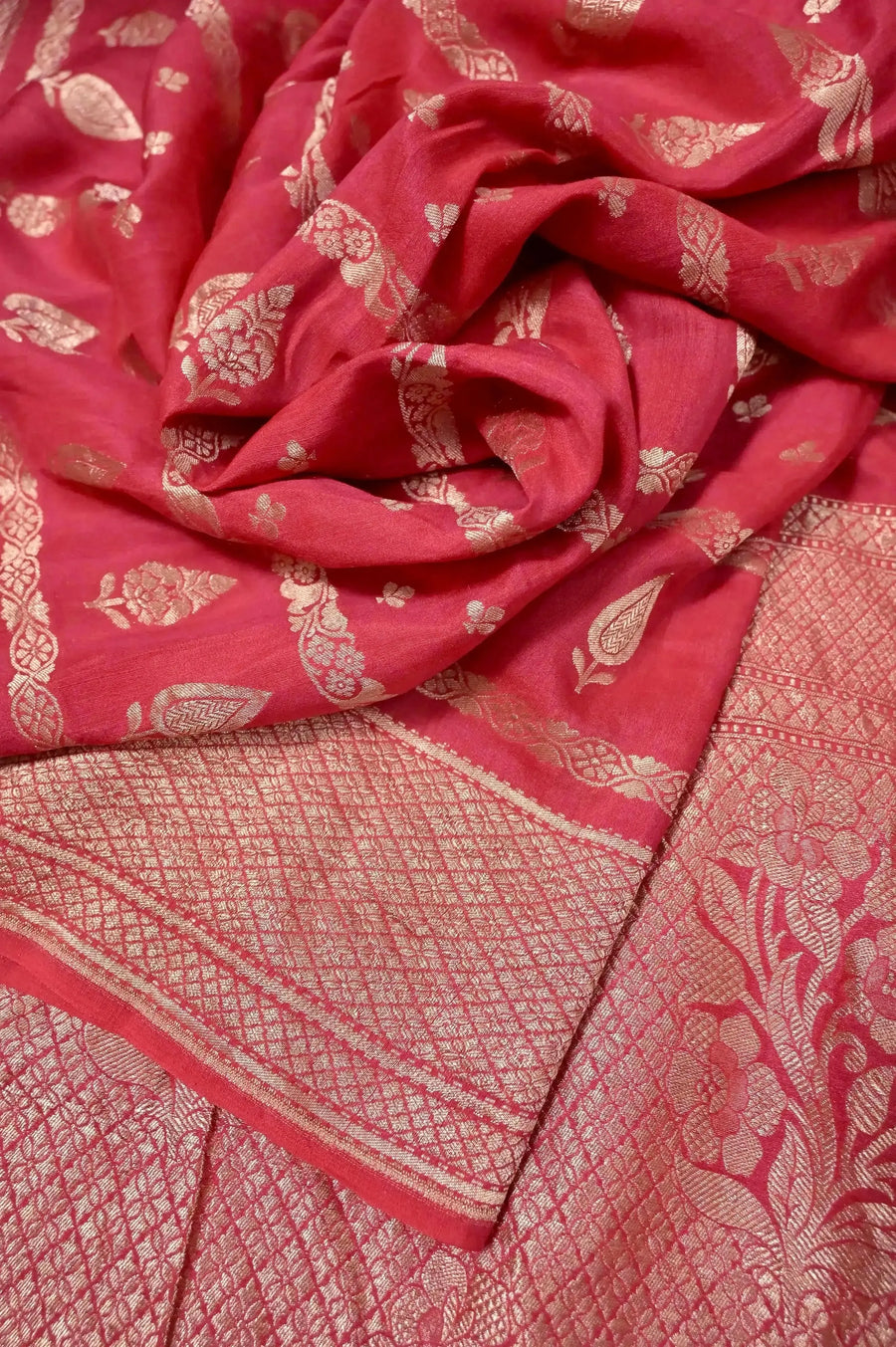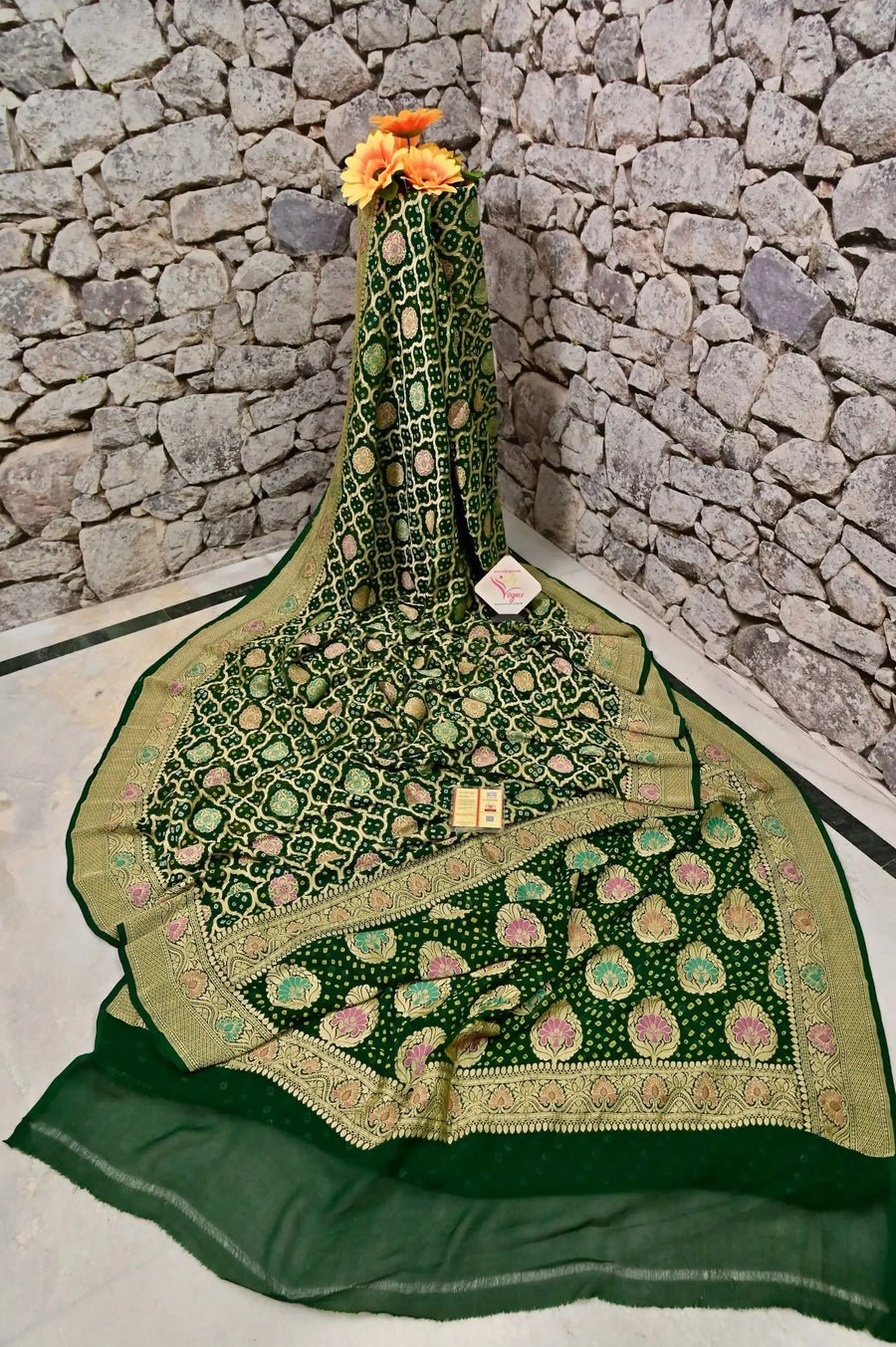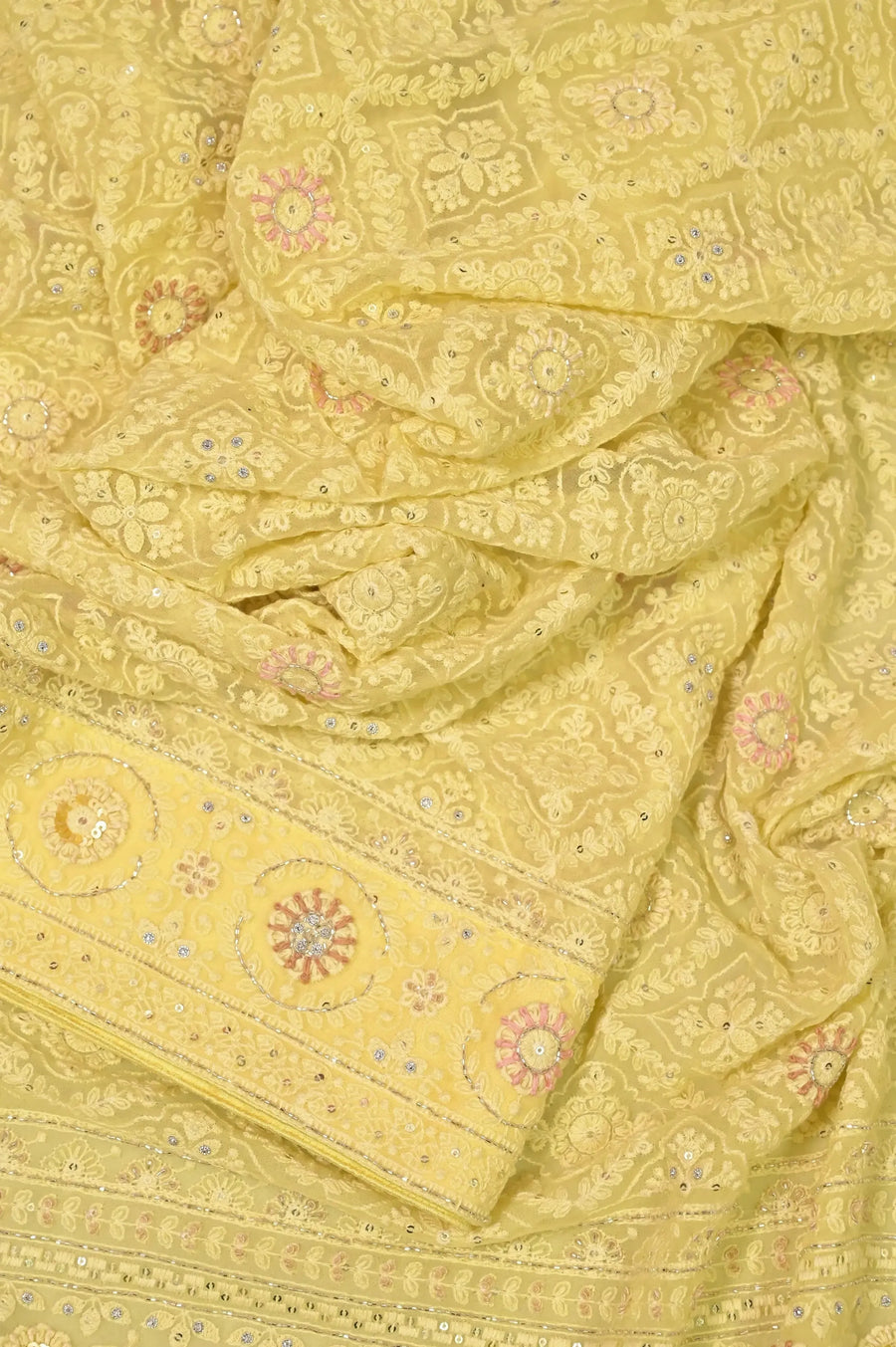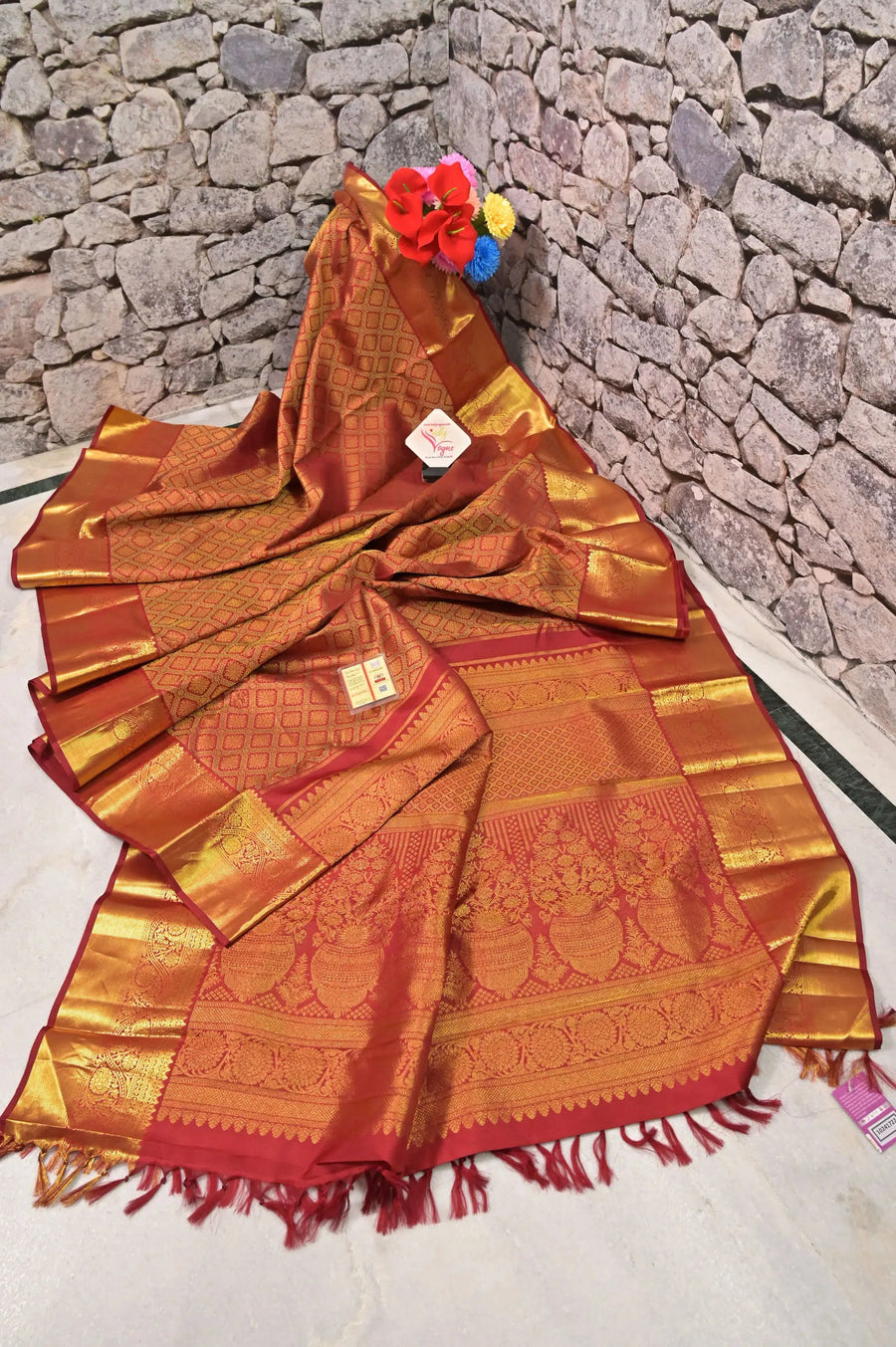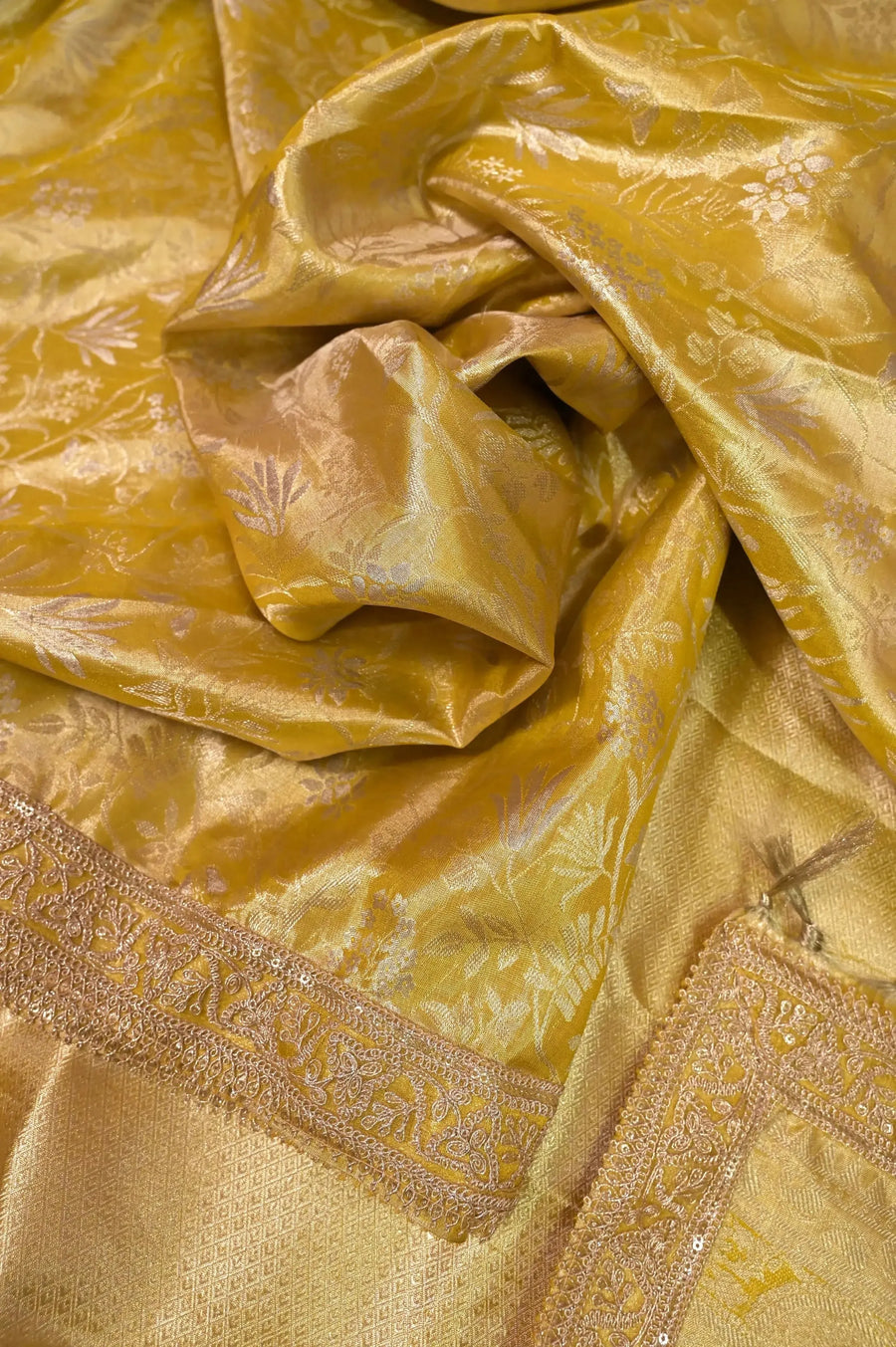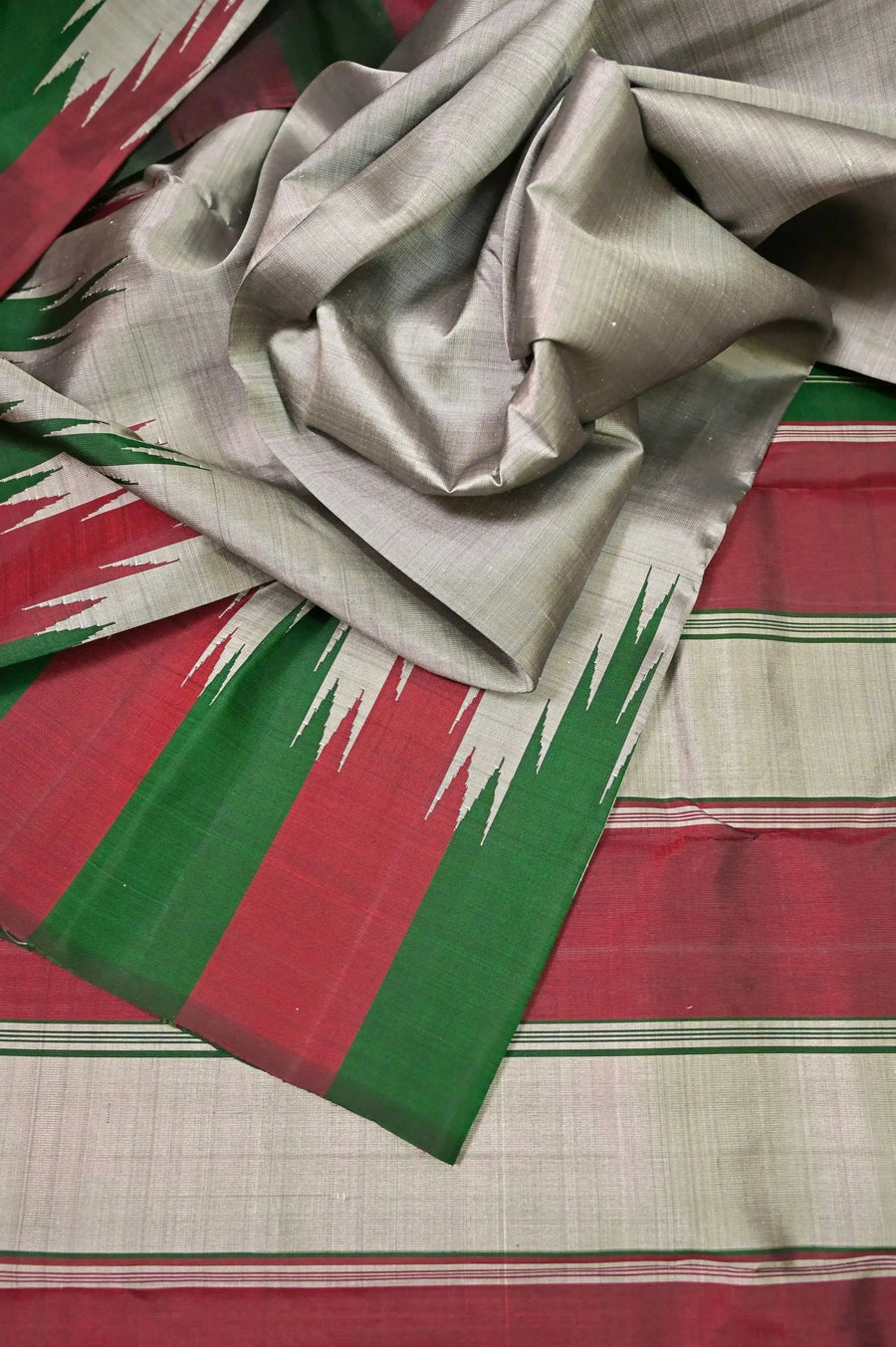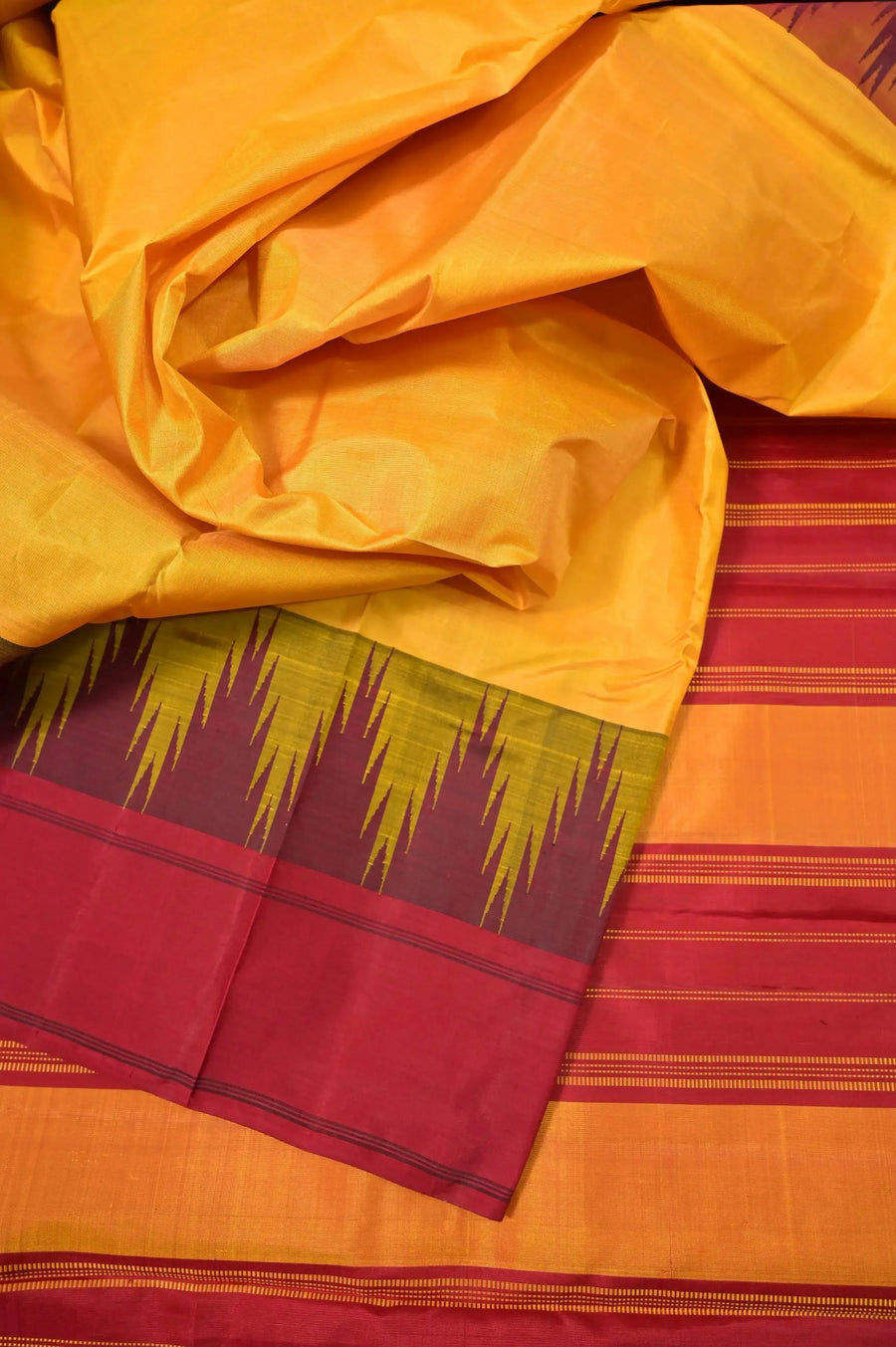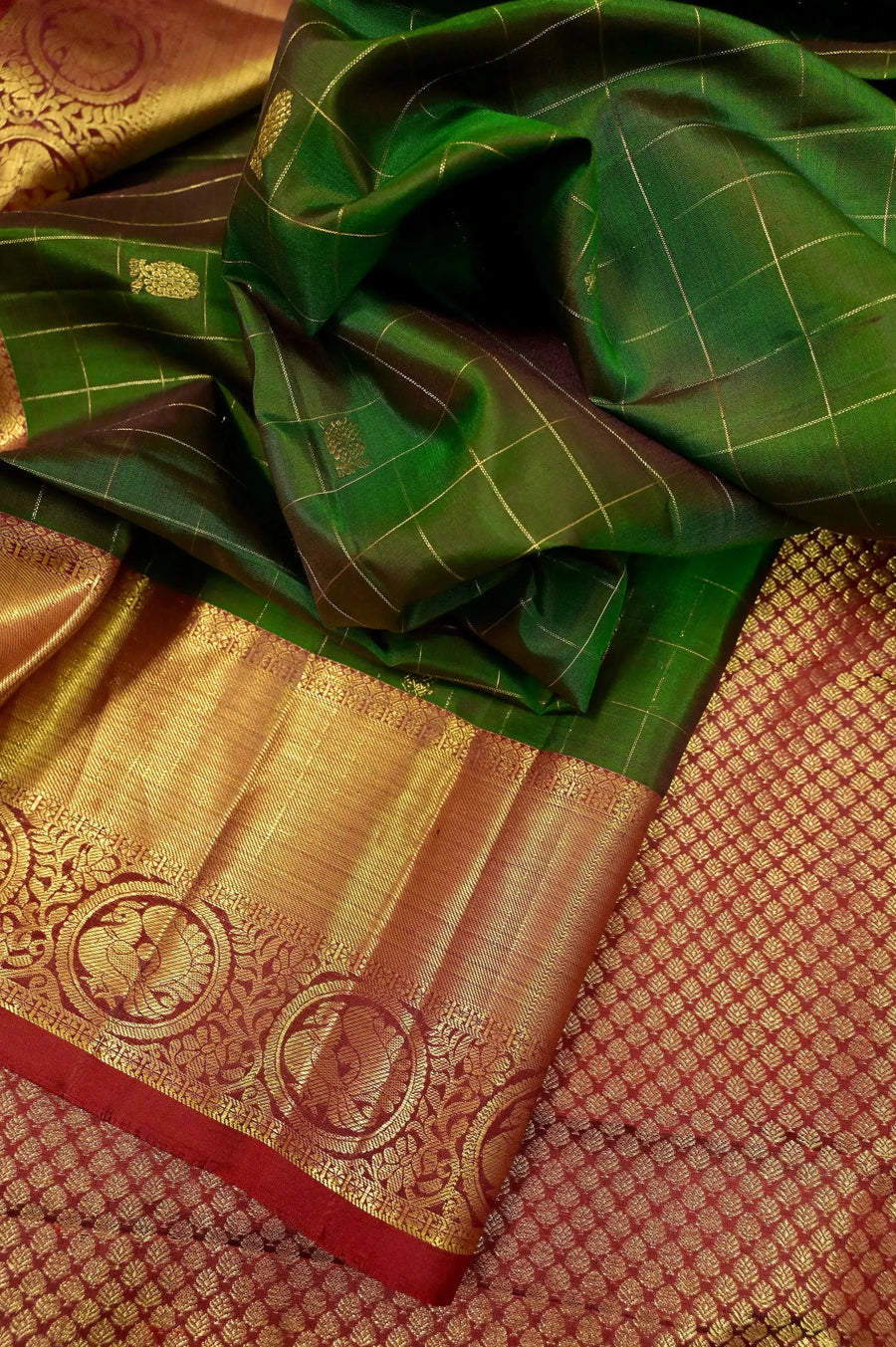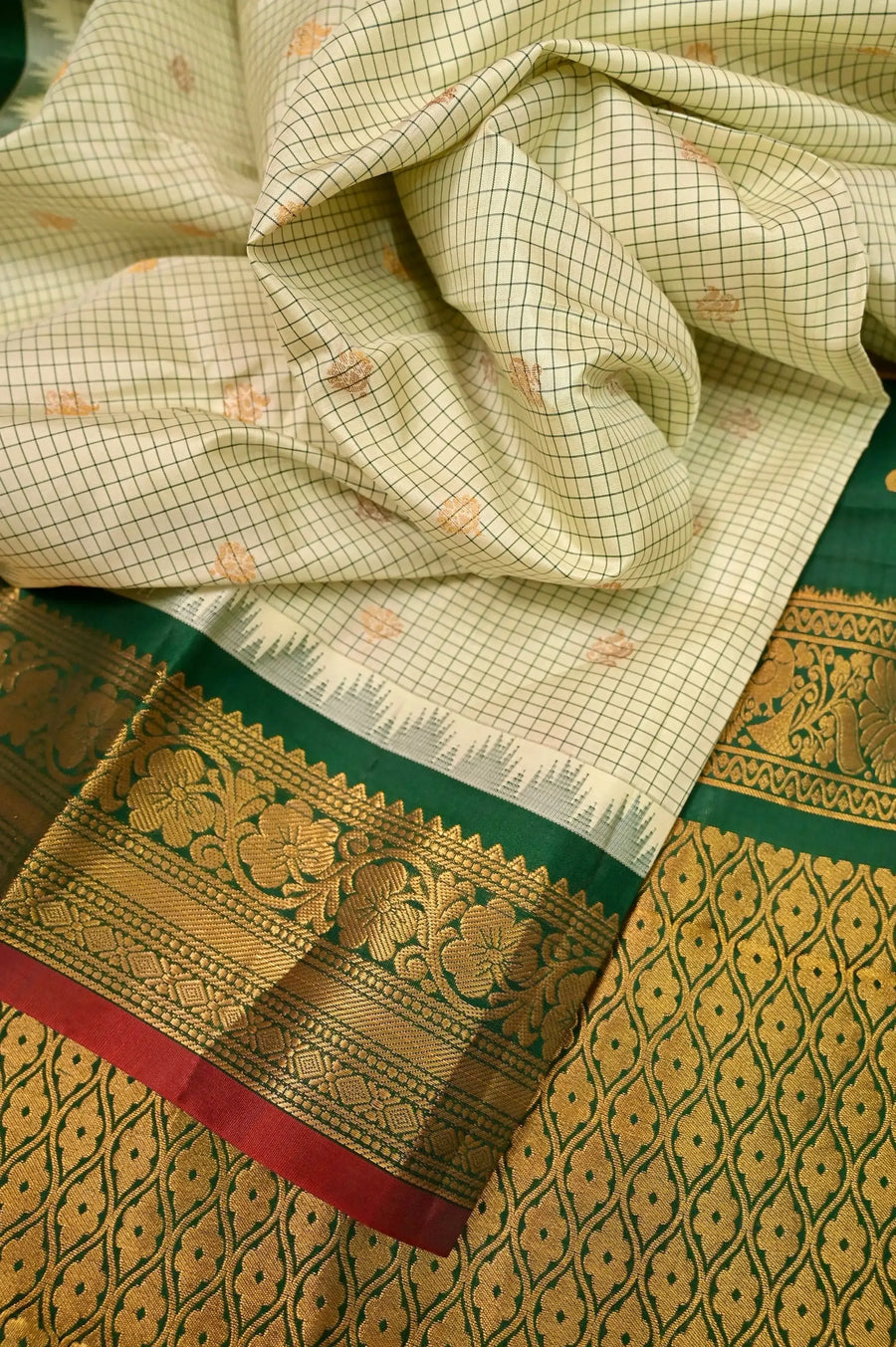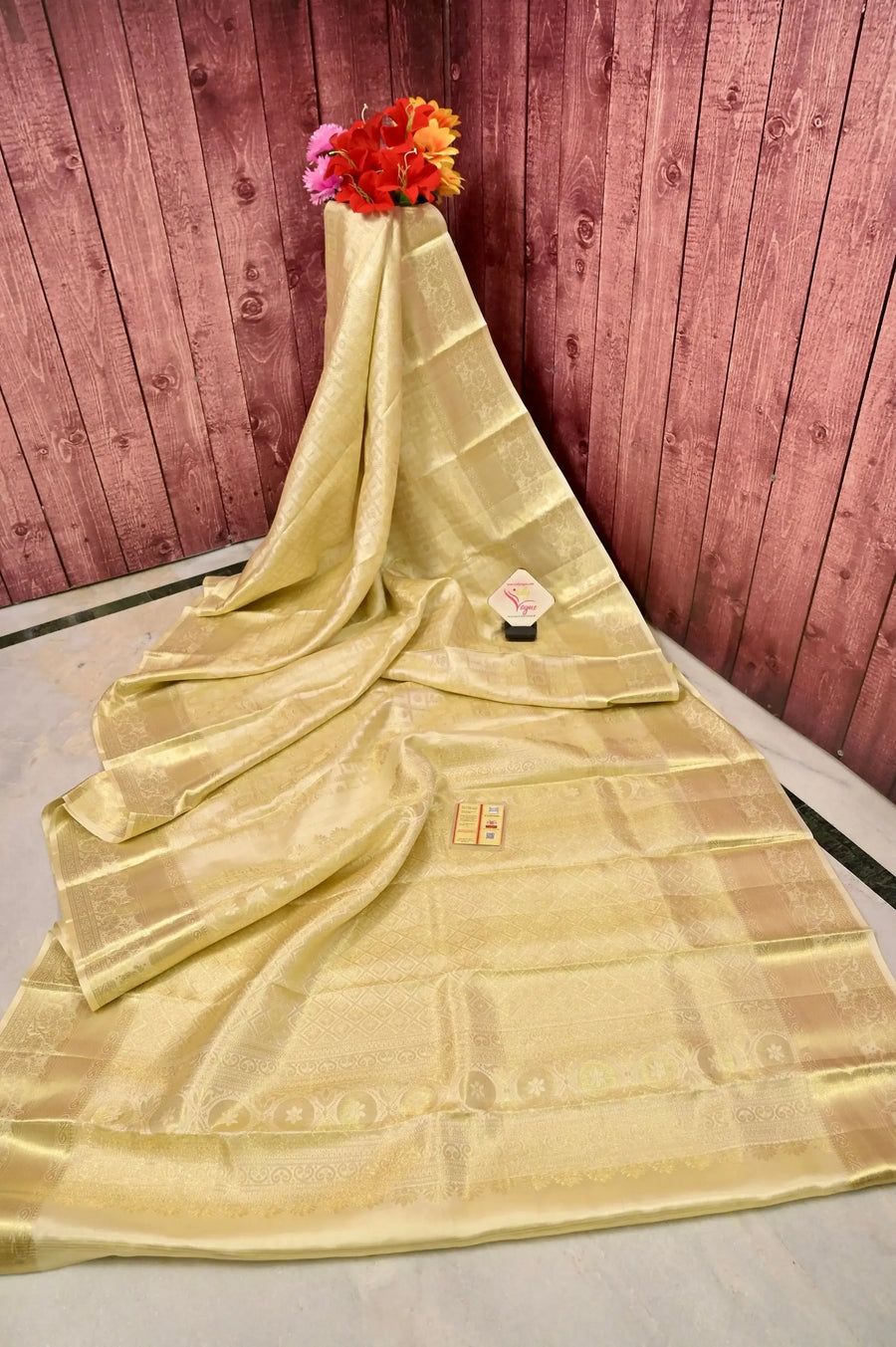How to Remove Stains from Your First Karva Chauth Saree
(A diary-style reflection for every woman who treasures her first saree moment. This is a story of one of my patrons who has shared this story, so a little hush, hush, and no name to reveal.)
Dear Diary,
Every time Karva Chauth arrives, I open my wardrobe and there it is — my first Karva Chauth saree, neatly folded, wrapped in soft muslin, and filled with memories. The red border still glows, the zari still twinkles faintly, and yes… that tiny food stain on the pallu still makes me smile.
Because that saree isn’t just a piece of cloth — it’s a story. A story of excitement, nervousness, endless fasting, and that first moonlit glance. But what if your cherished saree isn’t just stained with memories, but with actual stains — mehendi, oil, or curry?
Don’t worry, I’ve learned a few things along the way. So here’s a gentle, loving guide on how to remove stains from your first Karva Chauth saree — without losing its charm.




